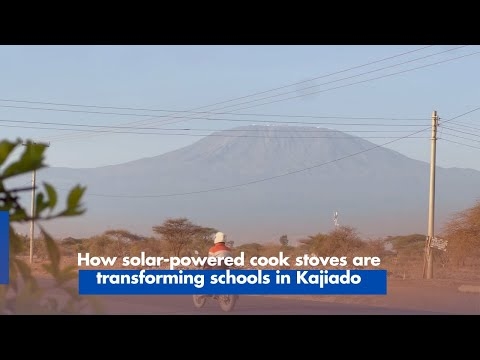The Narok county government and the Desert Locust Control Organisation have completed spraying quelea birds that had invaded wheat farms in the county.
The Sh200 million campaign was to battle more than 7 million birds that have destroyed wheat crops in Nairasirasa, Ilmashiariani, Nkareta, Melelo and Nairagie Nkare areas.
The team also focused on aerial spraying of parts of Olopito where some of the Ilmashiariani birds had relocated.
County chief officer in charge of Agriculture Grace Mugo said the birds are very destructive to crops like wheat, rice, sorghum and barley. If nothing is done the birds can ruin more than 40 per cent of the expected harvest.
“This is quite a large number of birds which can cause massive damage to crops with each bird consuming about 10 grammes of crops each day,” Mugo said.
She said the spraying covered 40 per cent of the 65,000 hectares of wheat in the county that was at risk from the birds.
She said they the birds population is estimated to be at 3.5 million in Nairasirasa, 2.5 million in Ilmashiariani and 1 million in Melelo.
“The birds collectively capable of destroying 40 bags of wheat per day. If unchecked, the birds population could rise to 10 million by the peak of the wheat season,” Mugo said.
Mugo told wheat farmers that they will continue monitoring the situation and will take necessary measures as the needs arises.
Assistant director in charge of migratory pests control in the Ministry of Agriculture Stanley Kipkoech said they are working with the Desert Locusts Control Organisation of East Africa who own the aircraft and provided a bulk of the chemicals that were be used during the aerial spraying.
Narok region is the leading wheat producer in East Africa. Farmers are expected to harvest more than 1.8 million bags of wheat produce this season as opposed to 2 million bags during the same season in 2018 due to erratic rains.
This harvest which started in July in some areas risks being reduced further by these birds if they are not checked.












